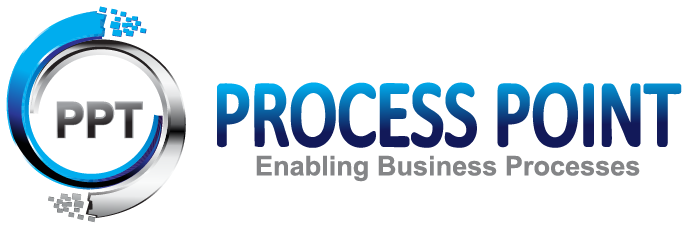Functional Automation Testing for Oracle Financials using OATS
Project Overview
- Customer is a large manufacturer of consumer products.
- The customer was embarked on a large multi-year, multi-phase Oracle ERP program. As part of that program, the customer has implemented Oracle Applications E-Business suite R12 for Financials in Phase 1.
- They were implementing Oracle Procurement applications in phase 2. As part of the phase 2 project, they were required to test phase 1 deployed Oracle Financial applications in multiple test cycles like CRP1, CRP2, SIT, UAT, etc.

Objective / Challenges
- Company Oracle Financial system has several entities with several ledgers and currencies.
- The company was dependent on business users for these applications testing. Testing their current processes was a big challenge as they were testing the applications manually.
- Each test cycle was for a couple of months causing project cycles duration to increase thereby increasing cost of implementation.
- Customer does not have the bandwidth to test applications manually, hence decided to go for automated testing to reduce cycle time, cost and improve quality and repeatability of testing.

Solution Implemented
- Implemented Oracle OATS (Oracle Applications Testing Suite) Rel 12.1.0.2 for Oracle Applications E-Business Suite version R12.1.x regression testing.
- Developed OATS scripts for Oracle Financial Applications.
- Modules automated were General Ledger (GL), Accounts Receivables (AR), Accounts Payables (AP), Fixed Assets (FA), Oracle Projects Accounting (PA), Intercompany, etc.
- Over 300 automated scripts were developed spanning across their Oracle Financial systems core processes.
- Over 2000 test scenarios were automated covering multiple ledgers and currencies with 300 OATS scripts by data variation method.

Benefits Delivered
- Testing cycle time reduction from 2 months to one week.
- Cost savings of $1.2 Million were realized.
- Business user dependency was eliminated.
- Automated testing improved quality of testing as data preparation and data quality issues were eliminated which are reasons for defects generally.

